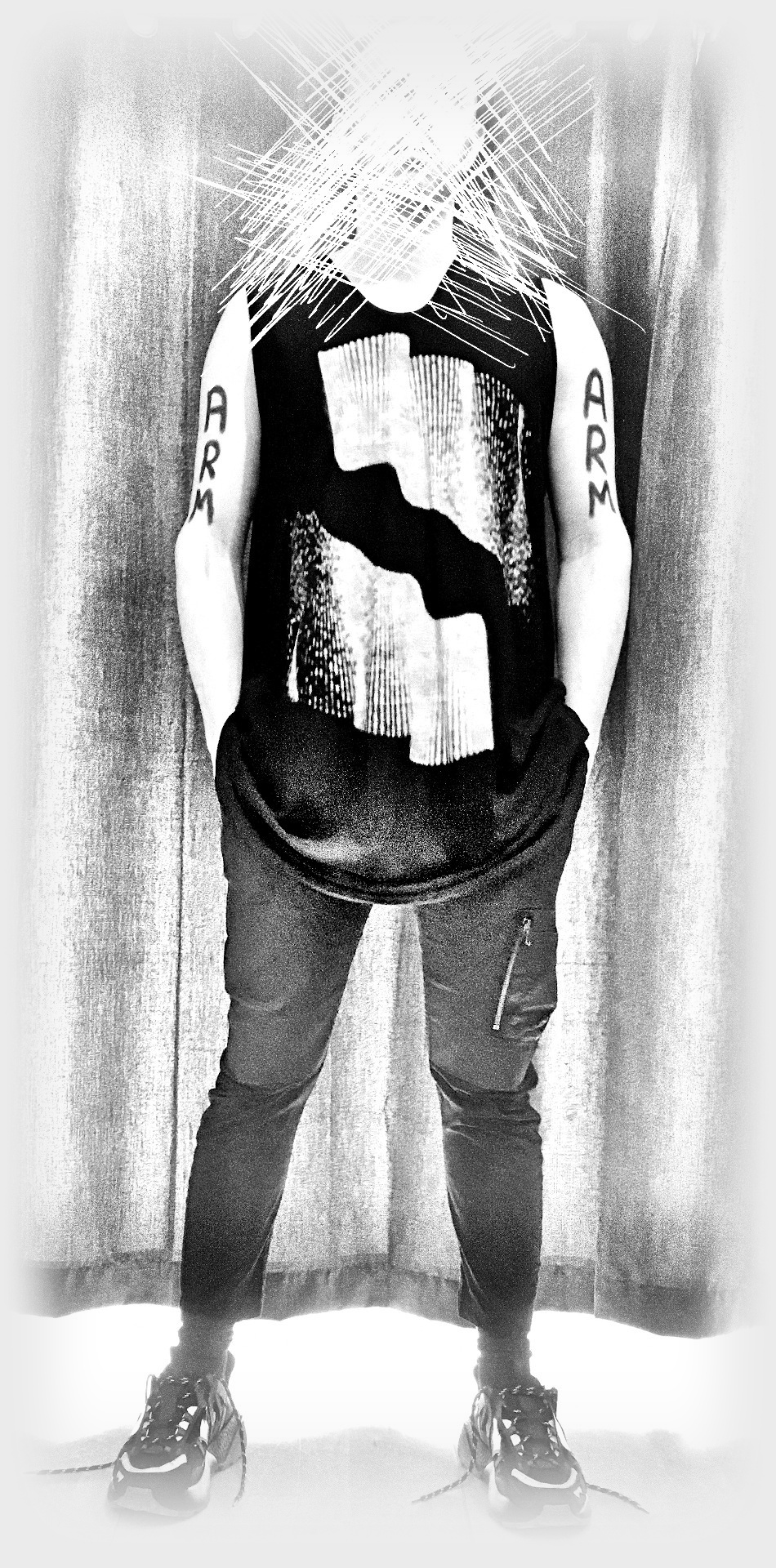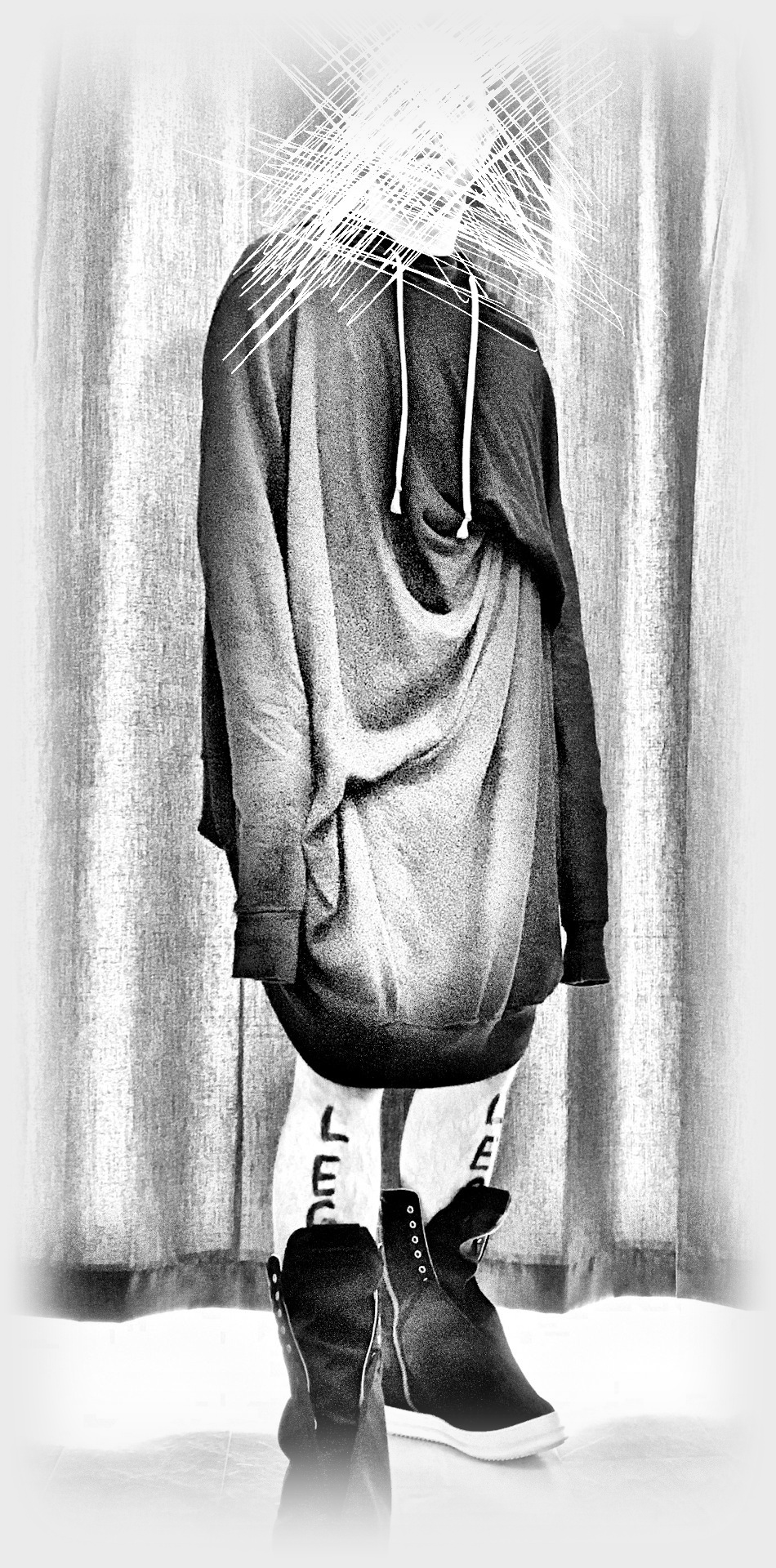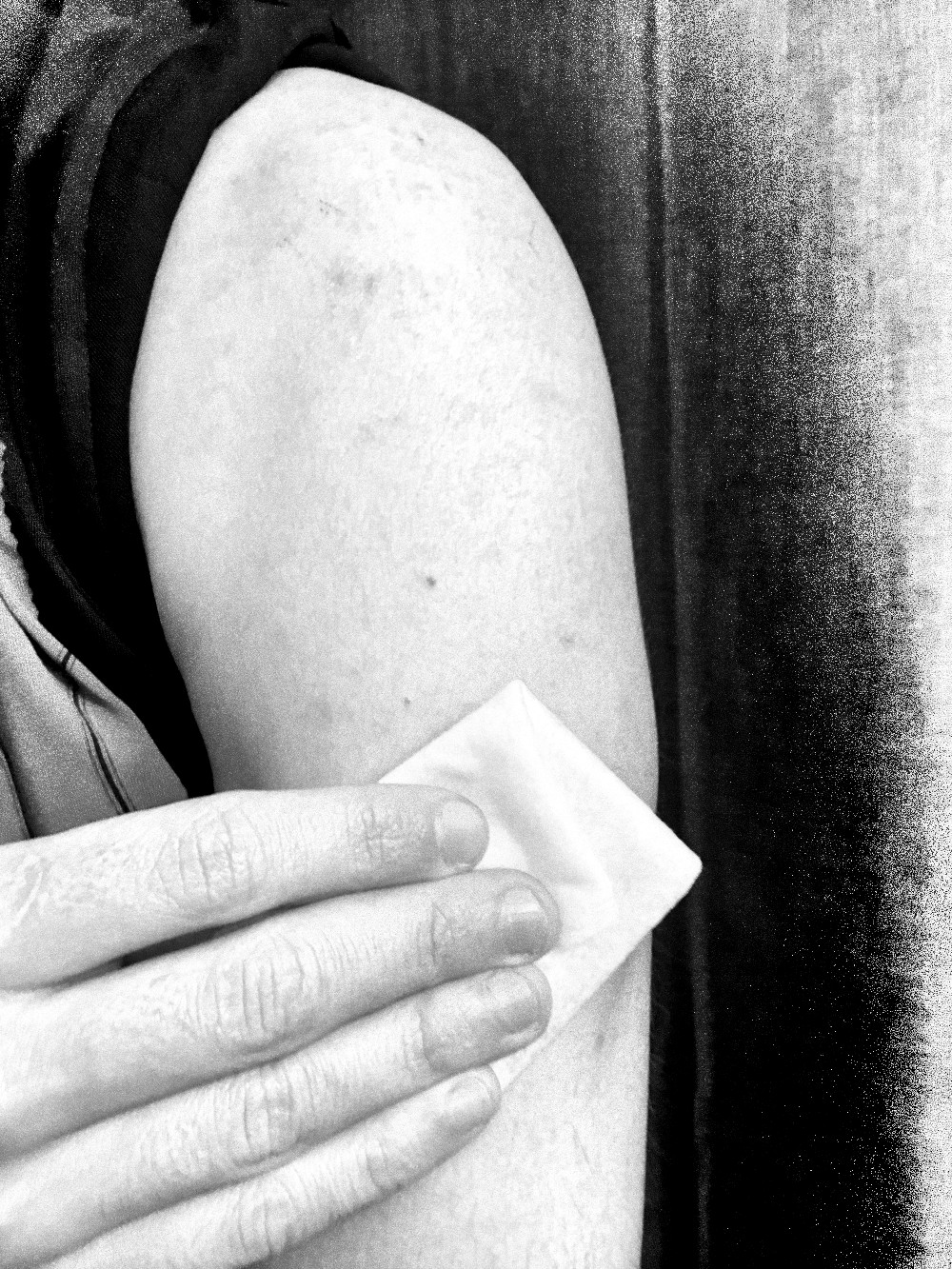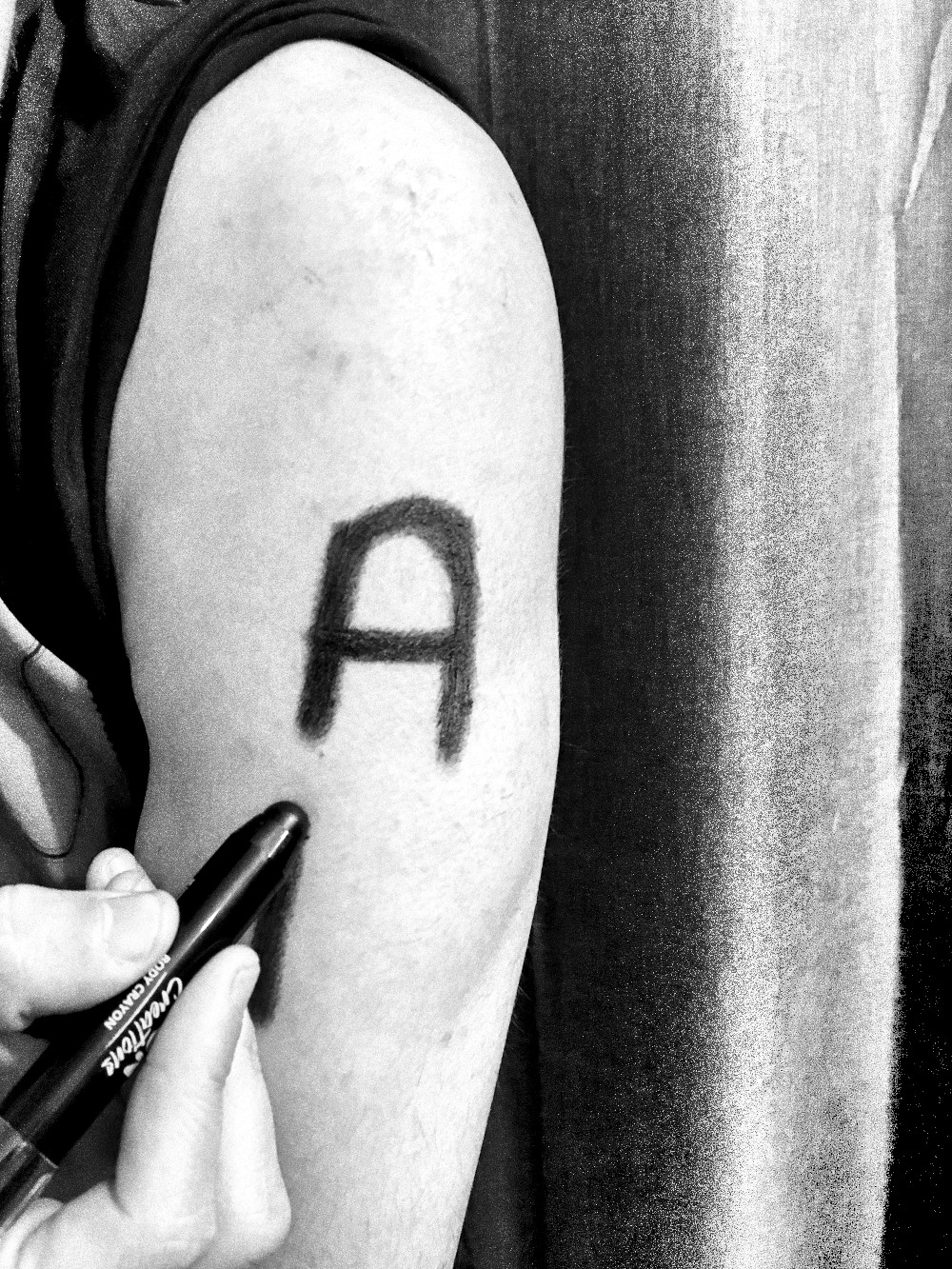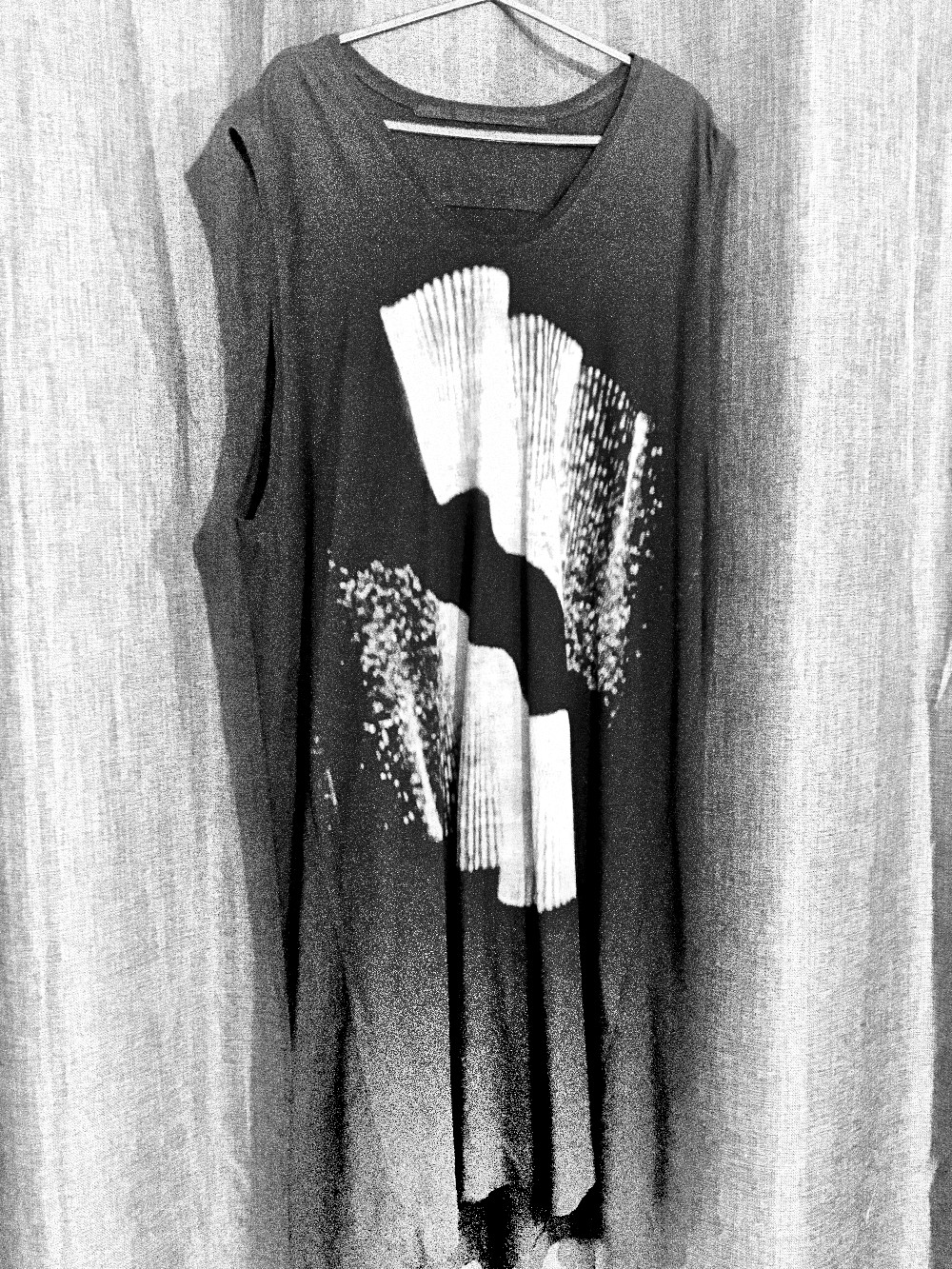Each iteration of Stoke-on-Trend is built around a capsule collection with an oustanding designer from a different locale. For Stoke-on-Trend Stoke-on-Trent, this is Sztefan Fosi-Bias. A stalwart of the avant-garde, Fosi-Bias graduated from Antwerp's storied Royal Academy of Fine Arts in 2006, and has since enjoyed a reputation as provocateur. After several daring collections for his eponymous label, he joins forces with Stoke-on-Trend, doubling down on his incendiary instincts. Our founder, Agata Olsson, caught up with Sztefan during a shoot in the designer's Hanley studio...
"Corporate Slave" by Snog plays loudly in the background
SFB: You hear that simultaneous snarl and sleaze that the vocal has? It's perfect.
AO: That's something I always enjoy about your shows. The music always gives it this subversive but kind of ritualistic feel. You know, with the industrial and gothic stuff.
SFB: It's always felt like some sort of depraved ritual, to me. What I like about the Australian scene—Snog, Dead Can Dance, and so forth—is that you have these fierce, anti-establishment narratives going on, but with this kind of infectiously camp façade.
AO: So would you say this is a representative soundtrack of your creative process?
SFB: No, not at all <laughs>. Outside of the immediate build-up to a show or whatever, it would usually be something much more mellow. Lately, I've been going back to the early Aphex Twin records—"...I Care Because You Do", stuff from that era...
AO: How has it been, actually, working on this collaboration? I know that historically you've been quite open about enjoying the freedom granted by working alone...
SFB: Well, I always said I'd never rule out a collaboration—it just had to be the right context, you know? Where I'm not diluting or corrupting my creative vision, but instead amplifying it, or maybe just showing it to a different group of people.
AO: Different people?
SFB: Not necessarily different people, per se, but maybe projecting my ideas through a different lens.
AO: That's a lofty ambition. Do you think it's something that Stoke-on-Trend can offer?
SFB: I do. I earnestly do. I wouldn't have said yes [to the collaboration], otherwise <laughs>. Seriously, though—I've followed Stoke-on-Trend since before even the Stockholm days. Back when it was purely online, and you'd send everything out personally from...
AO: Göteborg?
SFB: Yes! And it would take weeks to get here, but it was worth it. At that time you had stuff that nobody else was really carrying—I think you had Damir Doma's first collection?
AO: I still have a few pieces, to this day. I never sell anything that doesn't excite me, but there are one or two things that I could never bring myself to part with. You know, I have one of the long coats from your debut Winter collection somewhere. I don't think I've ever worn it, but I remember wanting to hold onto it, just as an archival thing—as much as I hate that word <laughs>.
SFB: That's interesting. I felt the same way about that collection... There was this deeply emotional response where I felt like it had to be the start of something more. I knew that there was so much more I wanted to say, and now I'd started the conversation I felt really compelled to try to finish it.
AO: Long may the conversation continue! As for this one, I have only one more question: if you could work with any other designer, living or dead, who would you choose?
SFB: Rei Kawakubo, without a doubt.
